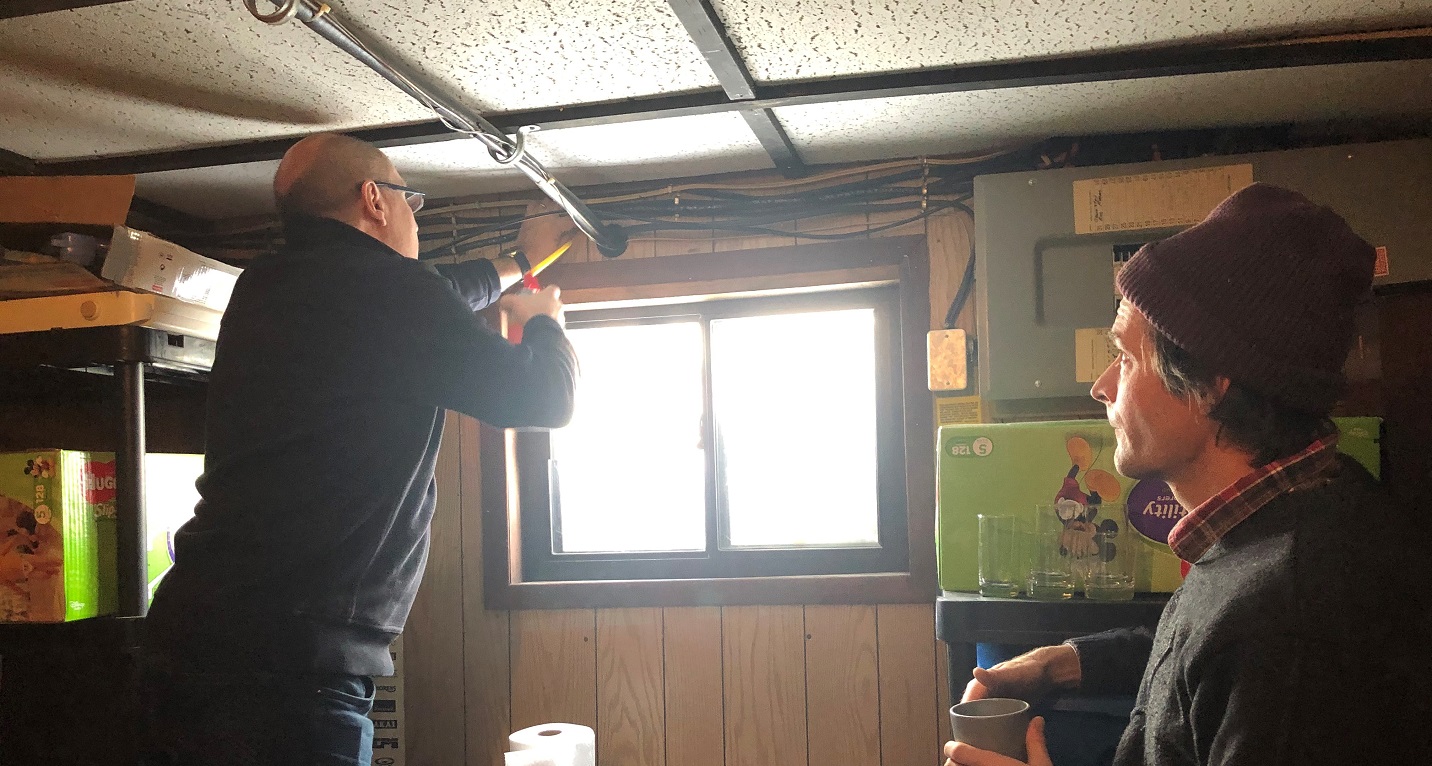SNAPs engage communities and deliver innovative approaches for the implementation of climate mitigation and adaptation actions.
By understanding local interests, SNAPs connect with hard-to-engage homeowners, multi-unit residential owners and tenants, and commercial/industrial businesses and help identify actions providing motivational co-benefits.
Additional partnerships with energy utilities and municipal experts identify strategic needs and opportunities in each neighbourhood.

Climate change mitigation actions addressed by the SNAP include neighbourhood retrofits which directly and indirectly reduce GHG emissions:
- energy efficiency retrofits and behaviours (reducing consumption)
- exploring renewable energy sources (providing clean energy alternatives)
- increasing the urban forest (serving as a carbon sink)
- providing shade for homes (to reduce energy use)
- water conservation and stormwater re-use (resulting in less water being treated)
- local food production (decreasing food miles)

Climate change adaptation actions promoted through the SNAP include:
- planting trees, planting edible vegetation on balconies and constructing shade structures (to address rising temperatures and urban heat island effects)
- flooding protection measures and better lot level management of stormwater (to address high volumes of stormwater runoff and flooding due to more frequent extreme rain events)
- rainwater harvesting (to alleviate water shortages due to droughts)
- fostering community connections, facilitating increased local food production, and generating work opportunities within the neighbourhood (to increase community resilience for emergency preparedness)
Our pilot SNAP neighbourhoods are poised to become models of climate action and resilience with strong baseline knowledge and already engaged partners and communities.

SNAP Climate Planning Initiatives: Examples
High-Level Resilience Strategy for Thornhill
Based on extensive community engagement and vulnerability assessments, this strategy looks at how climate change has affected and will continue to affect the Thornhill neighbourhood, and what can be done to help the neighbourhood prepare for the impacts of climate change and future uncertainties so that it can continue to thrive.
Climate Action Co-benefits Project Evaluation Guide
A transferable process developed by the University of Waterloo for TRCA to help practitioners develop an evaluation framework focused on measuring benefits and co-benefits associated with neighbourhood-based climate action and sustainability projects. View the guide.
Climate Ready County Court Initative
The SNAP program piloted one of the first Neighbourhood-Scale Vulnerability Assessments and Adaptation Plans. Building on the strength of the County Court SNAP in Brampton, Climate Ready County Court is a local climate change solution co-created by residents and local Brampton stakeholders.
The objective was to downscale and refine municipal-scale vulnerability assessments by accessing local knowledge; and creating a personal connection to local climate futures and a shared plan by using creative, inspiring, and future-oriented activities.
The outcomes will help inform the final phase of SNAP Action Plan implementation. Learn more.
